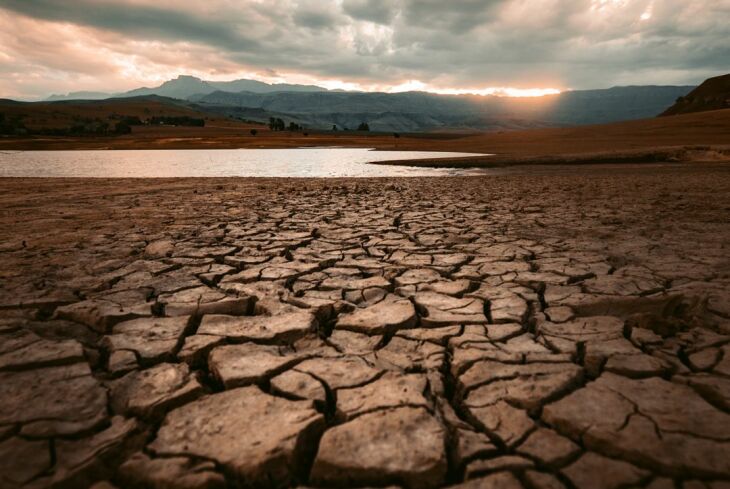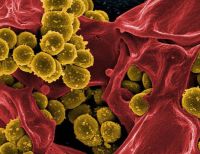Zoologis
t Dr Lynn Dicks is worried
that our insect fauna will be unable to change fast enough to avoidserious declines in some species
in the coming decades.“Have you noticed there aren’t many insects around this year? Where are the moths flying to light at night? On the other hand, it could be an excellent year for some species. Long-tailed blue butterflies from the Mediterranean have been arriving in decent numbers in the south – a wonderful sight for British butterfly enthusiasts.
Insects are extremely sensitive to weather conditions. So would you be, if you were only a centimetre long or less. Drought and extreme heatwaves are likely to be dangerous for some insects.
Bees can easily overheat, especially bumblebees, which are large, black and relatively cold-adapted. Many bee species have critical temperature thresholds not far above 44°C – hotter than this and they collapse if they can’t escape the heat. We’re not there yet, in the UK, but parts of France reached 45° in 2019.
Water is a crucial resource for insects. Honey bees and wasps use it to actively cool down their colonies during hot spells.
Thousands of species of insect rely on nectar in flowers as their main source of energy, so if drought affects the amount of available nectar, this could have serious impacts.
Our recent work has shown that it can. Dr Coline Jaworski, of Cambridge's Agroecology group, used an artificial drought experiment in southern France to look closely at responses of three plant species – thyme, rosemary and rock rose. One of the species, thyme, had a dramatic (75%) reduction in the amount of nectar sugar under drought conditions. The other two did not, perhaps because they have deeper roots.
At the moment, research on the impacts of heat waves and drought on insects is way behind the pace of global climate change. We know almost nothing about how nectar resources might change across the main important forage plant species in the UK, for example.
If hot dry summers like 2022 are going to become a regular feature, our insect fauna will need to rapidly change, with cold adapted species moving north and a new, more Mediterranean community moving in. This is already happening, but it seems unlikely to happen fast enough to avoid serious declines in some species in the coming decades.”

















